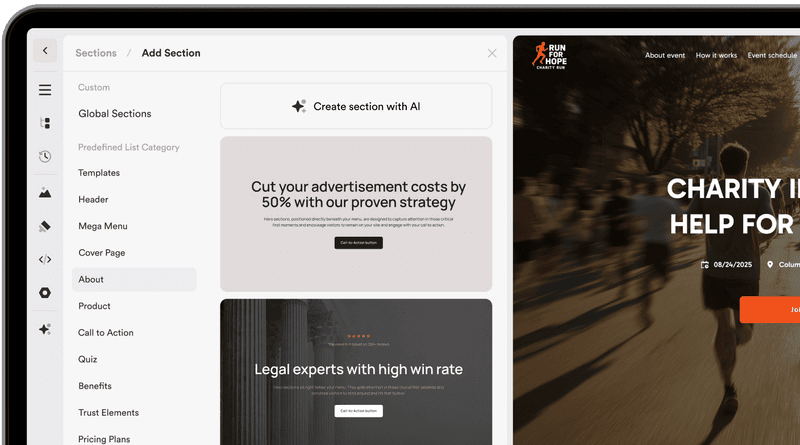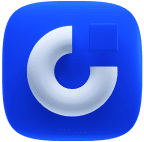April 25, 2022
Create a unique selling proposition (USP) for your website
Create a unique selling proposition for your website in just 8 steps

Create a unique selling proposition (USP) for your website
This is how you formulate a unique selling proposition that will captivate your visitors in just a few seconds.
After reading this article, you will have learned, or at least deepened, an important new business skill - formulating a unique selling proposition.
This article will help you create a unique proposition. We'll show you the importance of a good unique selling proposition on your website through several examples.
What do your website visitors want to know in the first few seconds?
A unique selling proposition shows what you offer and explains to your customers why they should choose your offer.
The term "USP (Unique Selling Proposition)" stands for the special feature that distinguishes you from your competitors and makes your product unique.
On your own site, it is important to communicate the unique selling proposition to specific target groups. After all, visitors to your site need to be convinced to stay on the site, fill out a form and, in the best case, submit it or buy a product. You have only a few seconds to influence this process to your advantage. Therefore, try to answer the most important questions of your potential target audience with the offer on your page.
Your sales offer should be as precise and clear as possible. It must be immediately obvious to the potential buyer why he should choose your product/service.
A well-formulated unique selling proposition is by no means something that only applies to large companies - it is also advisable for freelancers, self-employed and small companies to work out a unique selling proposition because only those who stand out from the competition with their offer will be successful.
But how to achieve this?
It is no "witchcraft" to define a unique selling proposition. You will see that given the right impetus, you will be able to work out your USP quite easily. In this article, we will give you our 8 best tips to help you achieve this.
By the way, if you want to know how to build a successful landing page in just 5 steps, you should definitely read our blog article on this topic.
1st Step: What are you selling?
In the first step, get to grips with your product. Take a close look at your product/service. What are the functions and product features? What does your product do particularly well, and what makes it better than the competitor's product? You should pay special attention to the benefits for the customer. What problem does your product solve? List everything that pops to mind.
To get closer to the unique selling proposition in the next step, follow these guidelines:
- The unique selling proposition must be worded simply and easy to understand.
- Always stick to the truth! Your unique selling proposition should be credible and verifiable.
- A unique selling proposition is timeless and can exist regardless of season or time of year.
- Present the unique selling proposition from the customer's point of view and elaborate on the customer benefits.
- The unique selling proposition does not necessarily have to refer only to product features. Quality, price, or a special service can also be a unique selling proposition. For example, a particularly fast delivery time or a favorable price.
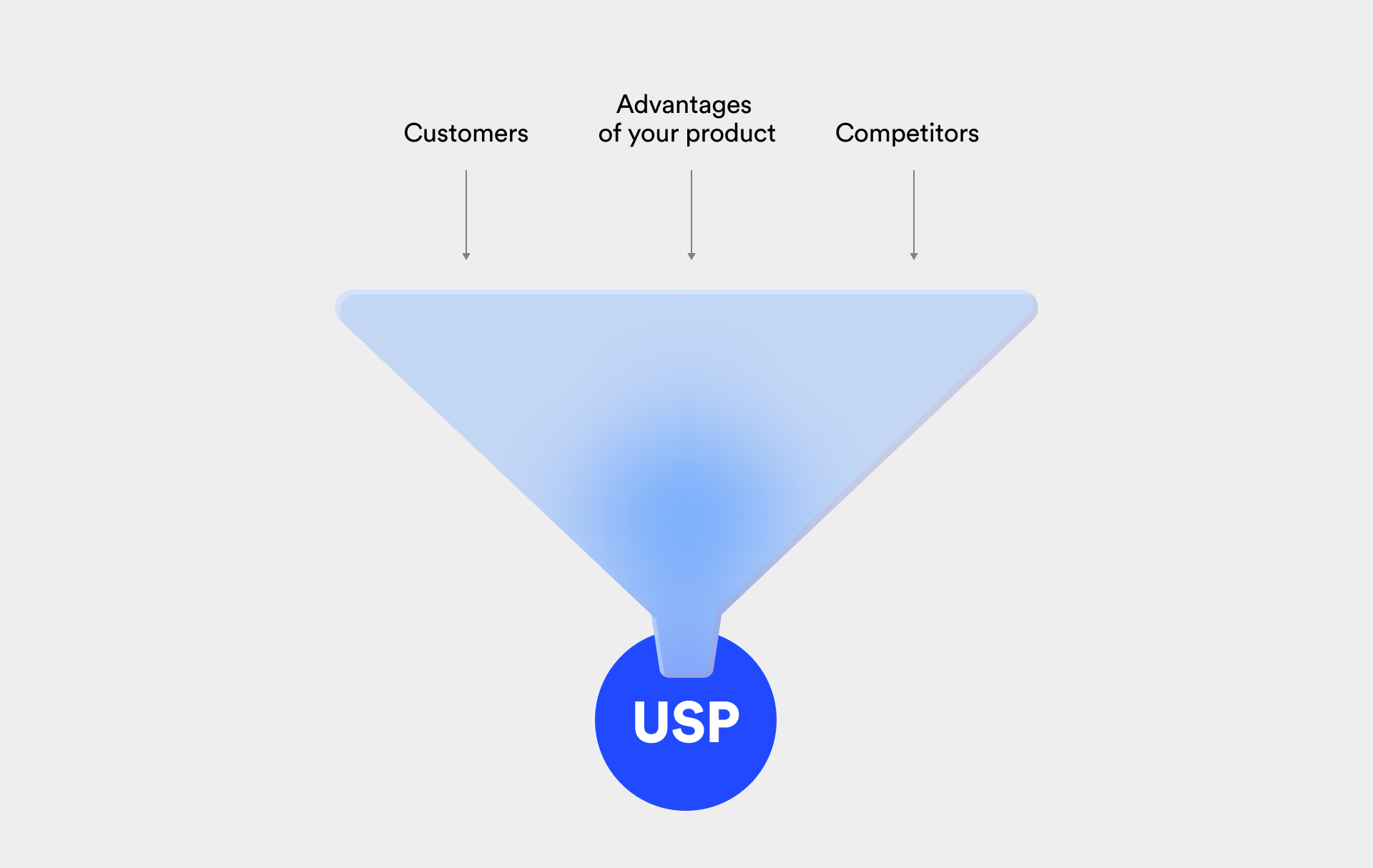
2nd Step: Who is your target audience?
As you might imagine, dealing with your target group is an elementary building block for a good unique selling proposition. Therefore, be very thorough in this part. Maybe you're thinking, "Oh, I know my target group", but I'd like to rethink this construct with you. Because many entrepreneurs make exactly that mistake: They think they know their target group, although, upon closer inspection, it is clear that this is often not the case.
How do you analyze your target group?
First, think about who your target group is. Brainstorm and write down all the characteristics you can think of about your target group.
Take a closer look in the next step. Go through your customer database. Try to find out as much as you can about your existing customers. How old are they? Where do they live? What are their fears, problems, and wishes? Through this detailed analysis, you will get to know your target group.
In addition to characteristics such as age, profession, and life situation, you should also analyze their buying behavior. These 5 questions can help you:
- How often do customers purchase?
- What is the price sensitivity?
- What factors play a role in the purchase decision?
- Where and when do people buy?
- What is the key buying motive?
Then record all your findings and use them to perfectly tailor your offer to your target group. With this knowledge, you can formulate your unique selling proposition specifically for your target group. Do you have a young target group? Then incorporate youth language. You can also adjust colors, posting times, and personal address to your target group.
3rd Step: A unique selling proposition needs a convincing headline
The headline is very important. Because already the first seconds decide whether visitors read your text and stay on your page or not. The headline can help to generate curiosity and attention in the reader.
A building block for successful customer engagement is to speak the customer's language and understand their "pain". Highlight the value that you provide your website's visitors.
An effective method for creating captivating headlines is the 4U method.
1. Useful: This is why your customer absolutely needs you and your product. Promise your reader a benefit, an advantage. It should be worthwhile for him to read your text. Example: "Our product saves you 20 minutes every day!"
2. Unique: What sets you apart from your competition? What is your unique selling proposition? A good headline ideally contains something new, something the reader has never read before. Example: "Our offer will give you more time to spend with your friends!"
3. Ultra-Specific: The headline should relate exactly to your offer, being as precise as possible. This can succeed with concrete numbers, for example: "Save up to 20% with our offer!".
4. Urgent: Give the reader a good reason why they should act right now. You can include a time limit for your offer: "Buy tonight and get an exclusive 20% discount."
The 4U's are a great way to formulate a great unique selling proposition or headline. But don't panic if you can't fit all the 4U's in one headline. You can also include them in a subheading or other headings on your website. But keep in mind that the first headline on your page should definitely score because if in doubt, the visitor won't even continue reading otherwise.
Also, learn how to write compelling landing page copy. Read our related blog article on this.
4th Step: What are you doing better than your competitors?
Unless you've just launched an innovative new product, you'll almost certainly have between two and ten serious competitors. Your website visitors should see why they should buy from you and not from your competitors.
To do this, do a competitor analysis: What do your competitors do differently/better/worse? Compare prices and offers. If you have the chance to do so, talk to your competitors' customers and ask why they bought from them. All this will help you to formulate an even better unique selling proposition.
A particularly effective way to introduce yourself and your company is in the "About us" section. Include a convincing competitive advantage/unique selling proposition. Of course, you can and should also use the other sections on your page to emphasize what you do better than your competitors. You're the cheapest of all the cooking class providers, for example? Then clearly communicate that and say, "You won't get this cooking course cheaper anywhere else".
5th Step: The price is what counts
A successful unique selling proposition also includes a successful pricing policy. Don't panic. I don't want to tell you to lower your price. In fact, it is not even necessary for you to list the price on your site.
In order to understand whether the pricing should be displayed on your site or not, run a test. Test the conversion rates for both options - once with prices displayed and once without. But regardless of whether you choose to include the price or not, make sure you provide information about it on your site. Tell the customer that the price is calculated only on request, for example. Honesty is important for a successful unique selling proposition.
Prices can do so much more!
20 Euro or 19,99 Euro, which is better? If you choose to state the price, there are interesting psychological facts that you can take advantage of for your pricing and, consequently, your unique selling proposition.
These are the 4 types of prices:
- Round prices: 25 Euro
- Round prices with appended zeros: 25.00 Euro
- Exact prices: 24.57 Euro
- Prices ending with 19,99 or ,95
For a successful unique selling point, you should avoid using the second option. The extra zeros are unnecessarily distracting. Therefore, your pricing should be displayed as in the 1st, 3rd, or 4th option. A round price is easier for consumers to keep track of, while an exact price will require them to pay more attention.
As a rough rule of thumb, you can remember the following: If you have an "emotional" product, use a round number with your price. This makes it easier for the customer to make a purchase decision, as they have less time to find a rational excuse.
If you have a more "rational" offer, you should choose an odd price. The customer needs more time in the decision-making process for such purchases, and the odd number helps the customer engage more with your offer.
Praise your customer for his decision.
Another psychological trick for a great unique selling proposition is to praise your potential customer in advance for their behavior. This increases the likelihood that the desired effect will occur. Sort of like a behavioral booster. You could say something like: "What I appreciate about my customers is that they don't just focus on the price, but on sustainable quality." By making statements like that, you're putting your customer on a pedestal. And everyone likes compliments, as we all know.
6th Step: Convincing unique selling proposition through social proof
By definition, the term "social proof" refers to the phenomenon that people rely on the evaluations of other people when making important purchasing decisions.
Social proof is by no means a pure marketing concept. You've probably recommended a dentist to a good friend or asked friends for advice on finding a hairdresser.
An easy way to integrate social proof as a unique selling point on your site is by including logos or reviews from your customers. This is the fastest and easiest way to gain the trust of your visitors.
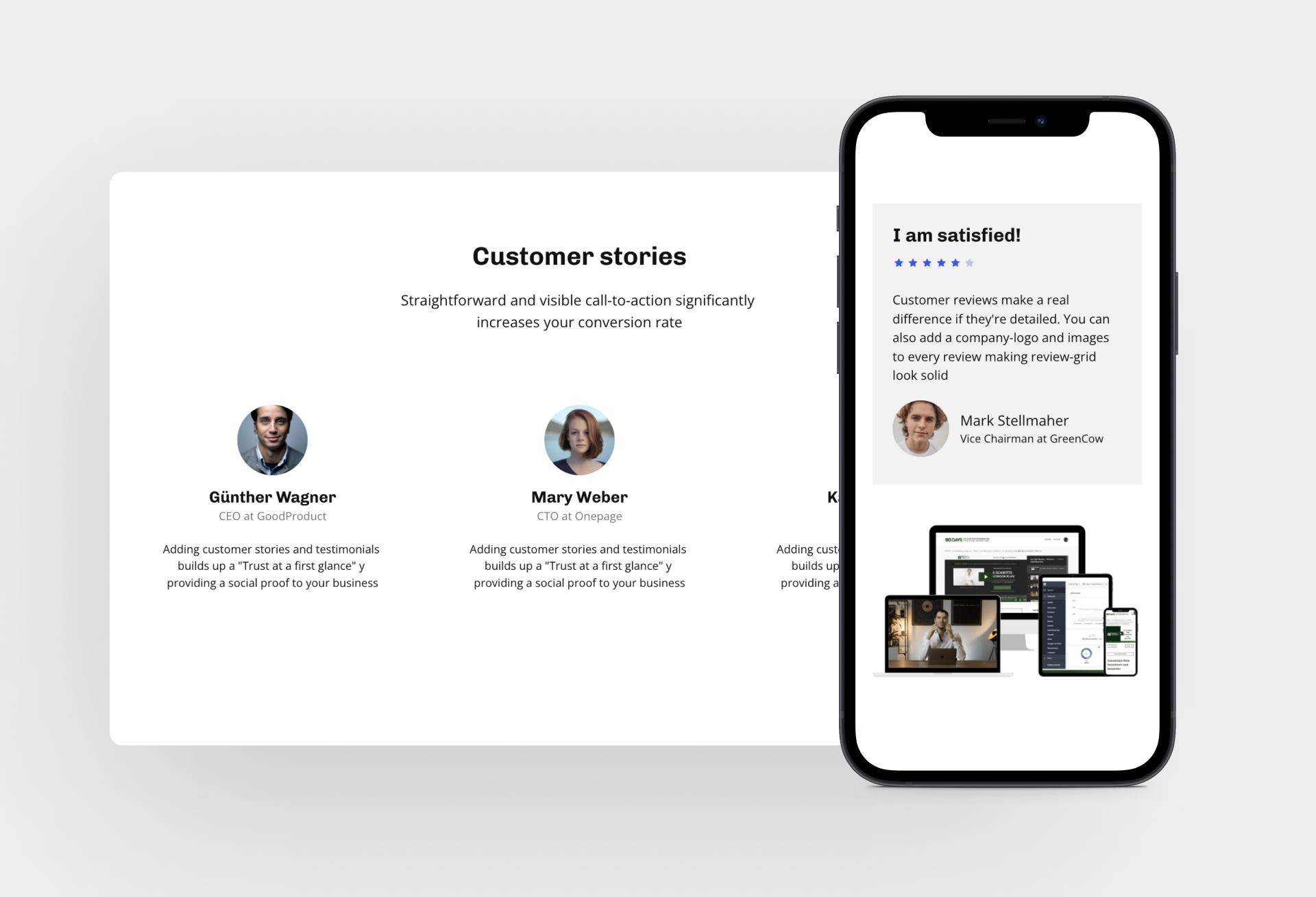
But there are other ways to create a unique selling proposition: Add a personal note to the customer review that might be useful to the reader. Say something about the customer. For example, it might look like this: "In 2010, we worked with customer XY for the first time. At that time, they faced the following challenges "..." . Fortunately, with our help, things improved and we were able to achieve great results together."
You can also elaborate on a case study where you describe working with a specific client. The more detailed and believable you integrate the social proof, the more likely it is that the customer will end up choosing you and your product. Be sure to use this trick for your unique selling proposition.
7th Step: The AIDA model for a successful unique selling proposition
AIDA, isn't that a cruise ship? Maybe this was the first thought that crossed your mind when you thought of AIDA. But Elmo Lewis' AIDA formula is a marketing model.
In this model, consumers go through four phases before ultimately deciding to buy a product. AIDA is an abbreviation for Attention, Interest, Desire, and Action. The AIDA model is a great way to formulate a unique selling proposition.
Here's how you can use the AIDA model for your unique selling proposition!
Attention:
Even before a customer buys, they must first be made aware of your offer and your unique selling proposition. Use a provocative headline, eye-catching colors, or special discounts.
Only if you manage to attract the attention of your target group is there a chance to move the customer to the next phase of the model (interest).
Interest:
Great, you've gained your customer's attention. What next? Use the attention you've gained to generate interest in your product. Your customer should take a closer look at your offer. To do this, bring the most important benefits and unique selling points of your product into play.
Desire:
In this phase, the aroused interest is transformed into the desire to own the advertised product. You can use emotional or rational advertising messages to achieve this. What problem can your product solve? What social, societal, or economic benefit does your product provide to the buyer?
Action:
The last phase is to convert your site visitor into a customer. To achieve this, there must be a call to action at the end. Tell your customer what to do. For example, a call-to-action at the end "Click on the link now and get the product". Call-to-action buttons are very popular for this. You can place a call-to-action button almost anywhere on your page at Onepage.
The AIDA model is just one suggestion of how you can incorporate a unique selling proposition on your page to lead your visitors from one selling point to the next.
However, the attention-grabbing headlines don't always work for your unique selling proposition. Too often, these structures have been "abused" by marketers. Users, therefore, tend to unconsciously block this information every now and then. Therefore, for successful unique selling propositions, sometimes less provocative headlines work better. It's best if the headline relates to your customer's life. Relevance trumps attention.
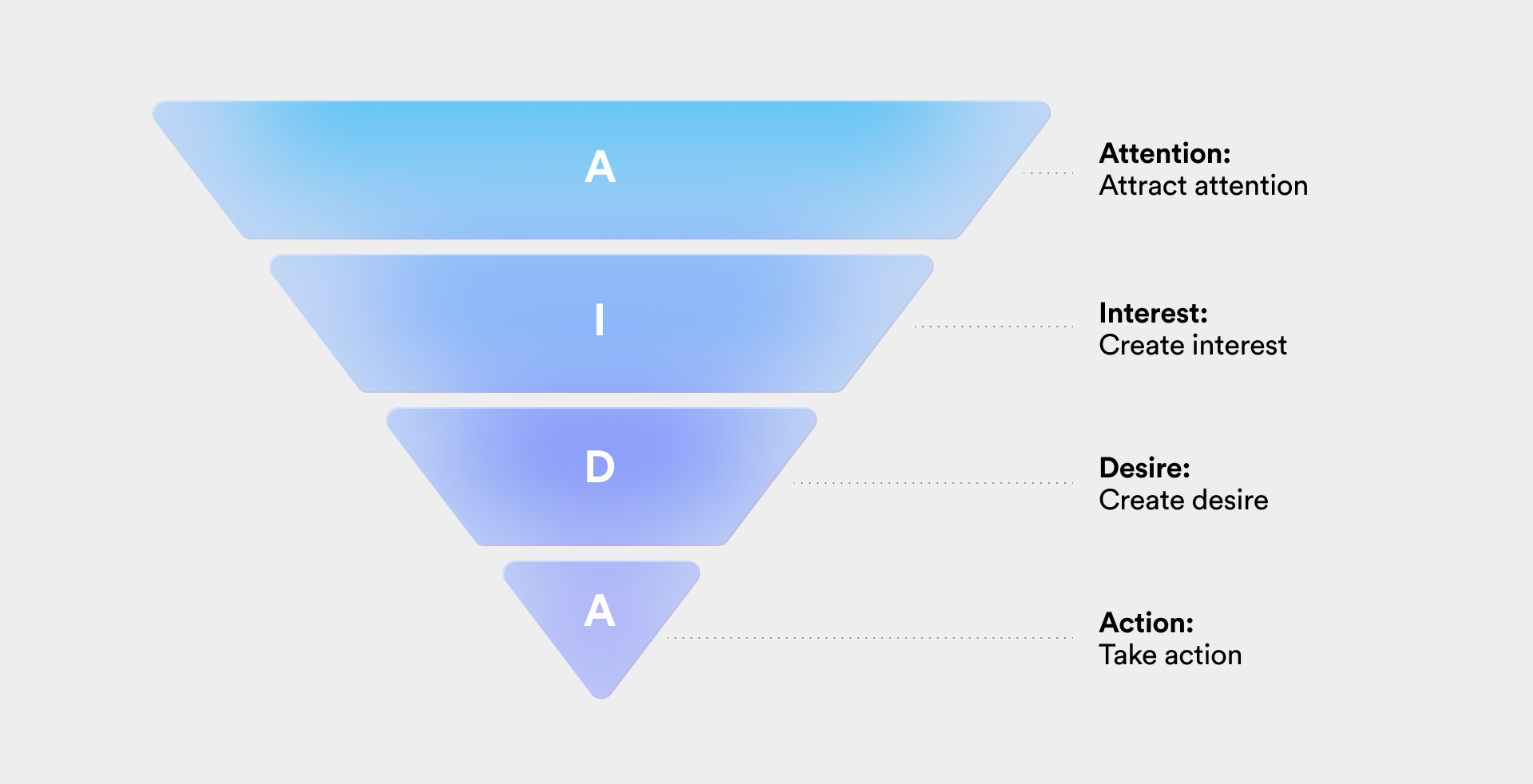
8th Step: Don't be afraid to test!
You can prepare as well as you want in theory, but in practice, things can sometimes turn out differently than expected.
The last step is very important for a successful unique selling proposition. You should definitely analyze your page and run tests. For example, test out the same landing page with only two different headlines and see which page converts better. Ask friends or form a test group to show your page to before publishing. Listen to their feedback and take their criticism to heart. Then adjust your page if necessary. You'll find that going this extra mile will pay off. After all, you want to end up with a unique selling proposition and, most importantly, a site that converts mere site visitors into paying customers!
There we go! You've learned the key building blocks to creating a successful unique selling proposition on your site. Get started today and put the knowledge into practice.
One way to create your own site for free and share your unique selling proposition with the world is to use Onepage.
No matter if your company already has several websites and landing pages in use or not. Take advantage of the fastest and easiest way to create a high-quality website on the market - Onepage.
We look forward to welcoming you to the Onepage family!
Start with
Onepage for free.
It’s fast and enjoyable
Onepage is free to use. It’s not a trial version.
No credit card is required

